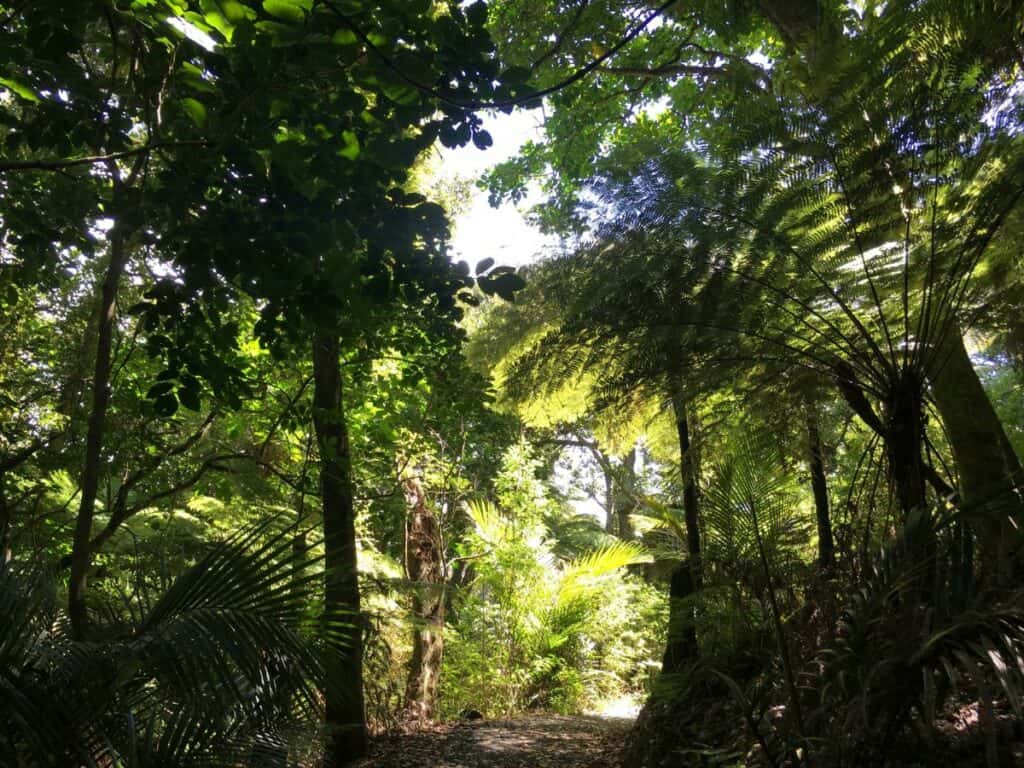You wake inside a burning house. This is not a dream or a movie. Your house is on fire. Before you know it, you roll to the floor to escape smoke, shout to wake everyone, crawl to your children, haul them into your arms, run for the best escape route, and get to the street in seconds. Your heart is pounding, you’re breathing fast, but you’re safe. You’ve never done this before and you’re surprised at your own speed and strength. Welcome to the red zone.
Everyone is alive and safe. Understandably, you remain on high alert for a while after the house fire. You notice that you jump easily, you worry about the future, it’s hard to concentrate, you’re not laughing much, and little challenges frustrate you. You feel tense. This is the orange zone. Your body is recovering from the red zone activation and starting to return to a calm state.
Insurance paid out quickly, you’re in a new house and your family is back at work and school. You’re grateful. Life returns to normal and feels easy. There’s a pervading sense of contentment. There’s very little that rattles you. Challenges are tackled with enthusiasm. You make decisions in a split second. You see the humour in everyday things. You feel relaxed and healthy. Wouldn’t it be great to live like this? Well yes, because this is the green zone that we’re designed to be in most of the time.
Red, orange, green – this is the traffic light system of the body. It’s run by the nervous system – a network of over 80 billion neurons that receives information from the outside world, communicates with the brain to decide what to do, and transmits messages to glands, organs and muscles that need to take action. When our senses see, hear, and smell the house fire, electrochemical signals travel through the nervous system at speeds of up to 360km per hour so that within seconds we’ve transformed from a relaxed, sleeping human to an alert, strong, fast machine.
This is an impressive ability. Our whole physiology flips to optimise our chances of survival. Stress hormones are released, leading to increased heart rate, breathing pace, thickening of the blood to prepare for injury, greater availability of glucose to fuel our muscles, and sharper vision and hearing. We cannot remain in this “fight or flight” mode indefinitely. Once the threat is over, we need to return to the green zone because that’s the only state in which we can sleep soundly, digest properly, reproduce, fight disease, repair damage and think deeply. Extended time in the red or orange zones ultimately leads to exhaustion, poor health and disease.
If only a pandemic were as simple as a house fire which, although devastating, requires only a short time in the red zone, a transition time in orange, and back to living in the green zone. But no, keeping humanity safe from Covid-19 is proving to be a drawn-out, unpredictable process. The loss of life, sickness, isolation, restrictions, and substantial changes to lives and livelihoods are more than enough to put us into orange or red. It is seriously challenging to deal with. But from a physiological perspective, it is not helpful or sustainable to live in a heightened state of alert for a long time. A little adrenaline is great for motivating us to prepare, get vaccinated and pivot quickly to change routines, look after others, or save our businesses, but we do not need to be in full-blown attack or run-in-fear mode. It is simply not healthy.
With the introduction of the traffic light system for managing Covid-19 in Aotearoa, the opening of Auckland’s border, and the arrival of the omicron strain, there is more uncertainty on the way. If this is a daunting prospect, it’s worth remembering to look after the traffic light system we have a little more control over.
From another time of crisis comes the wisdom that humans can influence our internal settings regardless of external circumstances. Neurologist and holocaust survivor Viktor Frankl put it like this: “Everything can be taken from a man but one thing: the last of the human freedoms – to choose one’s attitude in any given set of circumstances, to choose one’s own way.” We all share a human physiology. We have the ability to return to the calm, relaxed, flexible state of the green zone – amid crisis this may require effort and asking for help.
Given our internal traffic light system is automatic and run by the subconscious brain, how can we control what zone we’re in? Research from the fields of neuroscience, psychology and physiology shows there are myriad ways we can influence our nervous system. The interconnected workings of our body, mind and soul mean we can approach a reset from multiple angles.
To start with the body: we all know what it wants most is for us to take it outside and move it! And to fuel it with nutritious food. But more specifically, many health practitioners agree that the fastest way out of the red zone is deep belly breathing. As physiotherapist Tania Clifton-Smith explains in her new book, “The breath acts as a switch with the ability to transition between the green and red zones.” Consciously breathing through your nose, slowly and deeply, making your tummy move instead of your chest, is a pathway via the body to show the brain you are safe. There is no way you would be breathing like this if you were in imminent danger.
The mind can be our greatest asset or an absolute hindrance. Ensure your mind is an asset by recognising that, via thoughts, it plays a powerful role in balancing and integrating the different jobs of the brain. When our thoughts frequently come from a place of fear and worry – what if I don’t meet the deadline, say something stupid, can’t pay my bills, catch Covid – our body will start responding as though there’s an immediate threat. And yet, for these hypothetical concerns, there’s nothing to fight or run from so we don’t need to mount a full physiological response. Our senses and subconscious brain do a good job of detecting immediate threat to life. We don’t need the thinking mind to get involved.
Using the mind to keep you in the green zone is as simple as purposely making good use of your thoughts. Talk to yourself like a supportive coach, a funny friend, or a trusted kaumātua. Think things that make you feel good. Just picturing yourself at your favourite holiday spot with all the sights and sounds and smells of the place can calm your nervous system and put you back into rest and digest mode. And neuroplasticity tells us that if we practise this enough, we actually change the brain to make it easier to remain in the green zone.
The soul may be a shining, slippery, amorphous presence but it can still be guided. It doesn’t need taming, it needs encouraging, and it needs a purpose. In his advice for teenagers, psychologist Ben Sedley says, “Figure out what you care about … and then care about it.” And from the perspective of being in the green zone during challenging times, it’s very helpful to have a positive goal to focus our attention on.
Some days our purpose might be to cook a delicious meal – that’s enough. Other days we might have the capacity to solve climate change. And there’s the bigger picture purpose of this self-care – when we get ourselves in a good place, we can help others more effectively and make the world a better place.
Finding the green zone isn’t all hard work. Random outbursts of laughter, hugging, singing, dancing and gratitude do a heap of good. “I feel glad to be alive – ‘I’m glad I’m not dead!’ sometimes bursts out of me when the weather is perfect,” wrote Oliver Sacks in his book Gratitude. But if this sounds too hard right now, seek professional help.
The traffic light system is here and we will witness many government-imposed red lights before we’re through, so it’s time to choose your inner green light as often as possible. Give yourself a ticket to the green zone. Permission to seriously relax! Consciously and consistently put yourself into calm waters, green pastures, a tree-hut hideaway, under your maunga, beside your awa or whatever metaphorical form your inner peace takes. This is not a luxury – your health depends on it.

